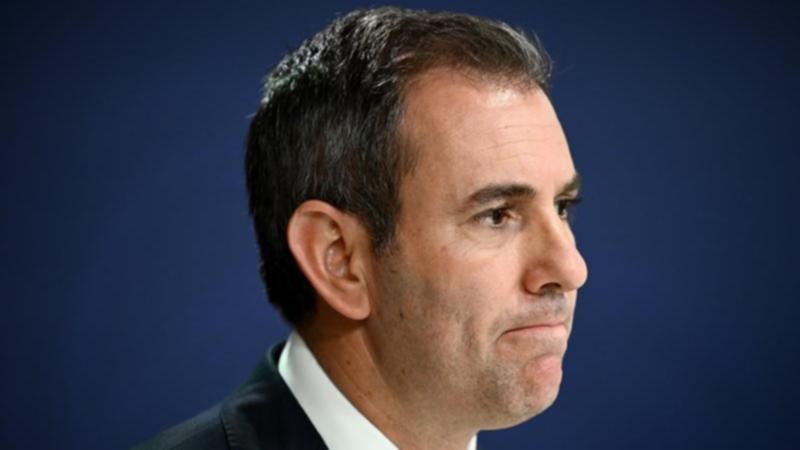Federal Government Budget 2024: Five big questions about this year’s Budget answered

Can this Budget save the Albanese Government?
The biggest test for Treasurer Jim Chalmers is calibrating how much cost of living relief is too much.
He needs to sprinkle enough goodies to provide a material counter to soaring prices but avoid any drive on inflation that would make it hard for the Reserve Bank of Australia to step up with an interest rate cut after 13 rate rises.
Sign up to The Nightly's newsletters.
Get the first look at the digital newspaper, curated daily stories and breaking headlines delivered to your inbox.
By continuing you agree to our Terms and Privacy Policy.Dr Chalmers has committed to avoiding “scorched earth austerity” saying “this is not the time to slash and burn in the budget when people are doing it tough”.
And Prime Minister Anthony Albanese on Monday insisted that every Australian would be better off, promising “cost of living relief that doesn’t add to inflation, indeed, that reduces inflation”. The bold declaration from Dr Chalmers in the Budget that inflation will be back on target by Christmas – at stark odds with the RBA’s messaging just last week – may just have put his economic credentials at the centre of the Albanese government’s re-election pitch.
With that election to be held within the year, a wrong step could be fatal.
Have they gone too early with their tax cut announcement?
Every politician knows how to repackage old money, with re-pitches making up an ever-increasing load of “announcements” on the modern-day election trail.
But no matter how hard they sell the $1900 average boost for each taxpayer coming in the new financial year, the fact the Albanese government unveiled their Stage 3 tax cuts in February is a political problem.
The truth is that very few Australians are engaged enough in the political cycle to recognise what’s coming in a few weeks, let alone a couple of months.
This has removed the obvious headline announcement from Tuesday night, with observers saying that the $324 billion cost for Stage 3 leaves little room for another huge cash splash.
And the proof the Federal government knows this is that they committed to a $40m ad campaign educating the public about the tax cuts that commence on July 1.
This figure matches the initial COVID-19 vaccine advertising rollout when it was a question of literal rather than political life and death.
What does Future Made in Australia mean?
The best illustration of how confusing the Government’s Future Made in Australia plan has been so far is the $1b announced spend on a quantum computer that doesn’t exist yet and that Australia won’t actually own.
Putting aside the fact that a vanishingly scarce number of voters understand what a quantum computer is and does, the jaw-dropping figure matches what has been put aside for the “solar sunshot” program that is also part of the Future plan.
Crafted as Australia’s alternative to US President Joe Biden’s 2022 Inflation Reduction Act, the billions of dollars to be funnelled into green industries and new tech has drawn the ire of several leading economists as well as Productivity Commission chair Danielle Wood.
Ms Wood warned last month that any lack of clarity with the grants for green business would “risk creating a class of business that is reliant on government subsidies”.
“If we are supporting industries that don’t have a long-term competitive advantage, that can be an ongoing cost,” she said.
Mr Albanese on Monday again reiterated the importance of his future plan, saying it would “set Australia up for the decades ahead”.
Can $11.3b overcome Australia’s housing crisis?
You only need to look at the political storm engulfing the NSW Government’s plans to increase housing density around transport hubs and the legal action against it being taken by at least one Sydney council to grasp the complexity of meeting the Albanese government’s housing target of 1.2m new homes in the next five years.
Dr Chalmers has however said that housing remains a “big focus” of Tuesday’s budget and on Friday unveiled an $11.3b program aimed at boosting the supply of social and affordable dwellings.
This includes $1b towards crisis housing for people fleeing domestic violence as well as a $90m boost for housing for construction workers in order to ease supply problems holding back new projects.
Are we beyond caring about a surplus?
When Dr Chalmers last year announced Australia’s first surplus in 15 years, he was lauded for his economic prowess and all signs are pointing to a repeat on Tuesday night.
But since those headlines, Australians have continued to identify the soaring cost of living as their greatest priority, smashed as they are by a housing crisis and spiking insurance and power bills and slogged at the supermarket checkout.
Indeed, with two overseas wars, a growing national pessimism and an uptick in the homegrown terror threat, a Budget surplus feels fairly theoretical at this point in the game. What was a great headline last year could be more of a footnote this time around.

